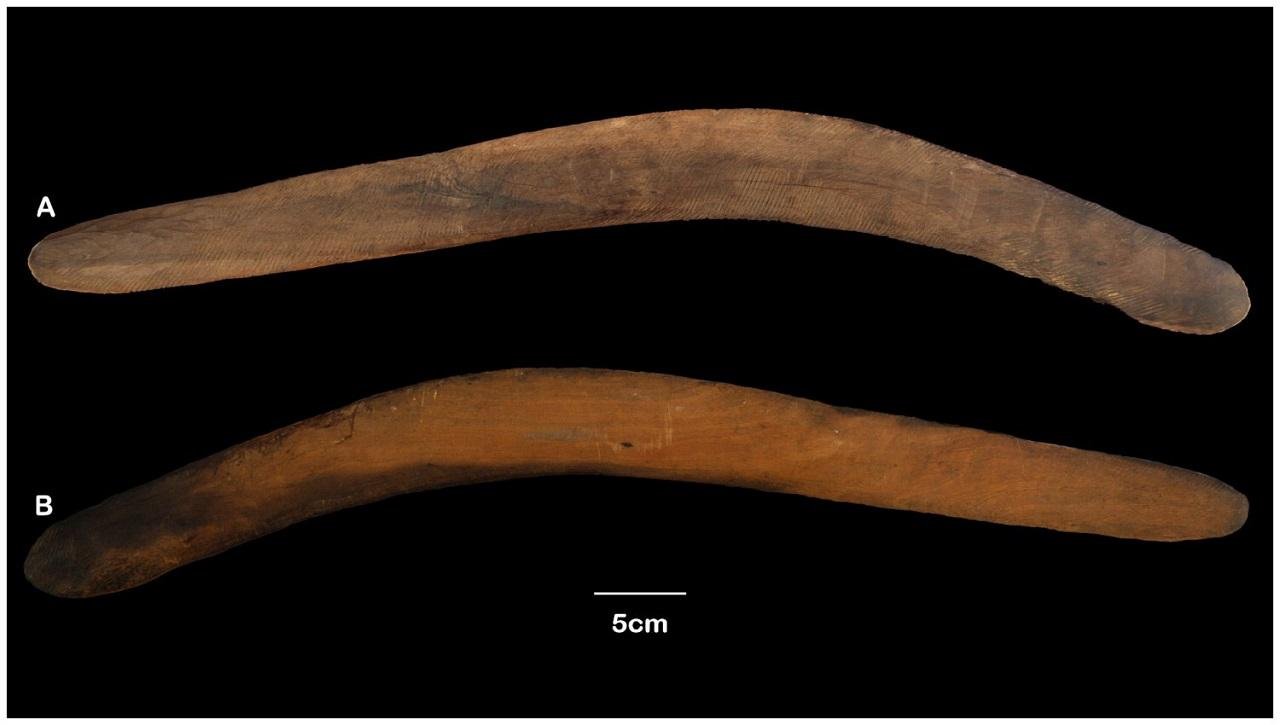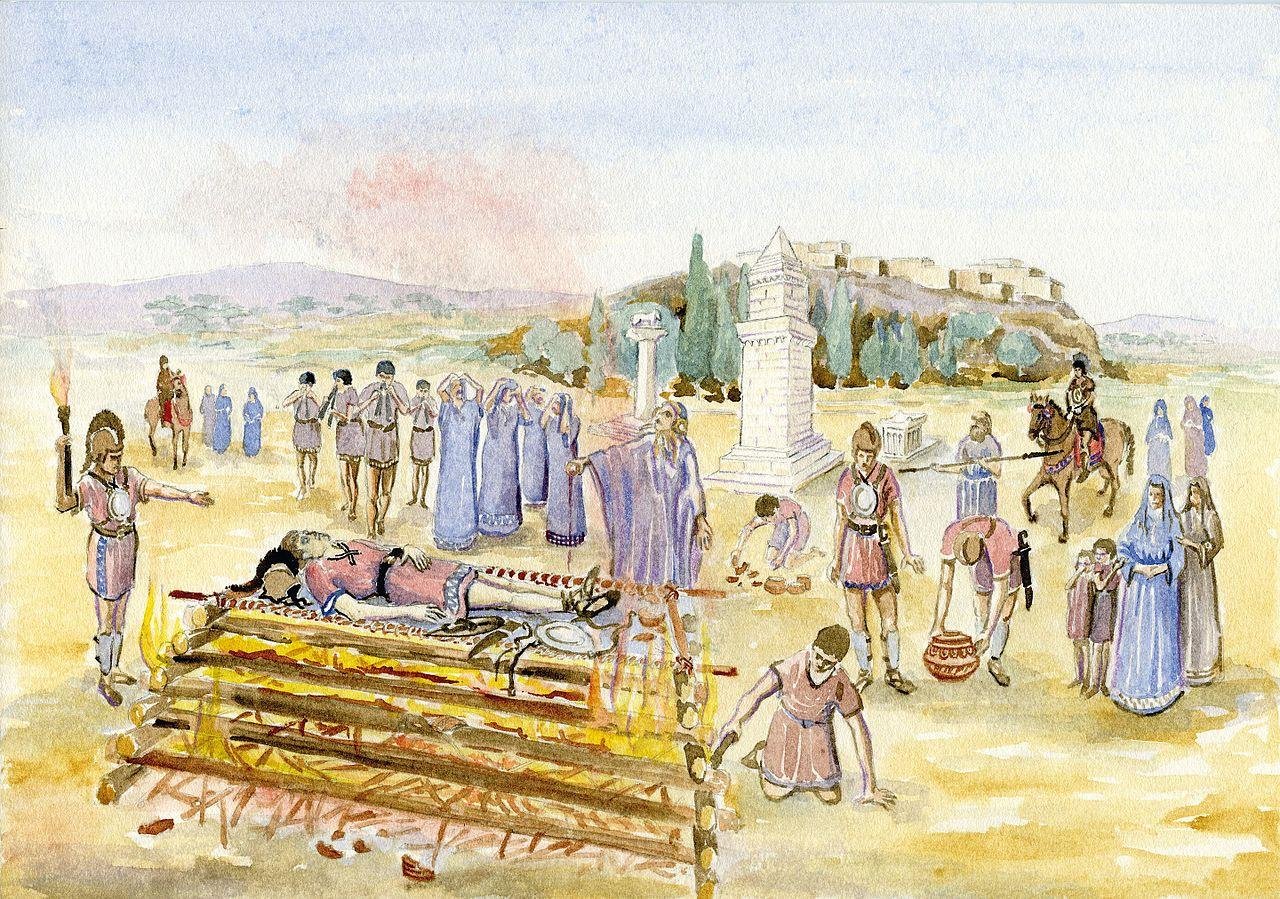A new project is reframing beliefs about violence in the Middle Ages. While nearly everyone today imagines medieval towns as places where arbitrary bloodshed lurked around every corner, the Medieval Murder Map project presents a different picture. By examining coroners’ inquests in London, York, and Oxford between 1296 and 1398, researchers found 355 homicides that reveal patterns of violence similar to those found in modern cities.
 Bodyguard and queen kill King of Lydia. Illuminated manuscript of Cité de Dieu by Maître François (circa 1475). Credit: Author provided, CC BY-SA
Bodyguard and queen kill King of Lydia. Illuminated manuscript of Cité de Dieu by Maître François (circa 1475). Credit: Author provided, CC BY-SA
The study, published by researchers in historical criminology, shows that violence was not randomly distributed but was concentrated in H๏τspots. They were usually small areas, sometimes just a few hundred meters across, where goods, people, and power converged. In all three cities, homicides clustered in markets, thoroughfares, bridges, and ceremonial routes—locales that were bustling and visible. Sundays and evenings, especially after curfew, were the most dangerous times for ᴅᴇᴀᴅly encounters, when social gatherings, games, and drinking often resulted in violent fights.
Oxford was plagued with an exceptionally high rate of murder, three or four times the rate of London or York. The medieval university town of Oxford attracted thousands of young men, some from hundreds of miles away, armed and heavily embroiled in rival student factions. The concentration of killings in and around the university quarter reflected the tensions between townspeople and students and the factionalism among students themselves. Protected by clerical privileges that often left them beyond prosecution, Oxford’s students engaged in violent fights without fear of punishment.
Each city exhibited different patterns. In London, Westcheap, the commercial and ceremonial hub, witnessed murders connected with guild conflict and public retaliatory attacks, and the Thames waterfront was afflicted with disputes among sailors and merchants. In York, Micklegate and Ouse Bridge, key city gateways, were stages for conflict, and Stonegate, on the procession route to York Minster, combined wealth, ceremony, and danger. Oxford’s H๏τspots were more typically linked to student factions, town-gown clashes, and alcohol-fueled confrontations.
 Contour map of homicide density, Oxford, 1296–1348. Credit: M. Eisner et al., Crim Law Forum (2025)
Contour map of homicide density, Oxford, 1296–1348. Credit: M. Eisner et al., Crim Law Forum (2025)
Surprisingly, the study found that medieval murder was not caused mainly by poverty. Unlike modern criminology, where violence is typically linked to disadvantaged communities, the Medieval Murder Map data show that wealthy areas had more murders than poorer districts. Scholars suggest that such public spaces provided opportunity and audience, being ideal stages for defending honor or displaying power.
The researchers noted that the findings highlight that the urban logic of violence in the Middle Ages echoes patterns found in modern cities. But medieval society’s focus on honor in public and the idenтιтy of groups distinguished its violence from today’s, since killings were often staged performances before an audience and not private disputes.
 Contour map of homicide density, London, 1350–1398. Credit: M. Eisner et al., Crim Law Forum (2025)
Contour map of homicide density, London, 1350–1398. Credit: M. Eisner et al., Crim Law Forum (2025)
The study also raises broader questions concerning the causes of the decline in homicide over history. It puts forward the possibility that improved urban governance, policing, regulation of markets, and restrictions on weapons may have been as significant as altered atтιтudes towards violence.
Through visualizing centuries of inquest records, the Medieval Murder Map reveals not only the geographies of medieval violence but also fresh insights into the long-standing ties between space, society, and crime.
More information: The ConversationPublication: Eisner, M., Brown, S.E., Eisner, N. et al. (2025). Spatial dynamics of homicide in medieval English cities: the Medieval Murder Map project. Crim Law Forum 36, 381–418. doi:10.1007/s10609-025-09512-7




